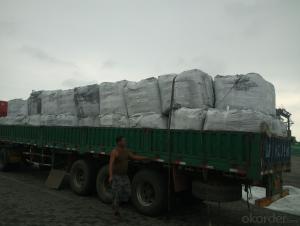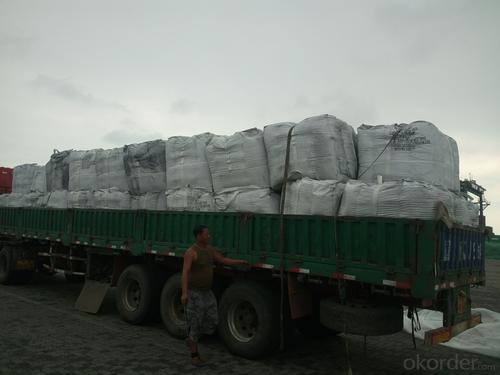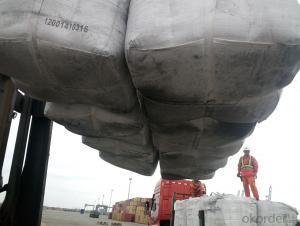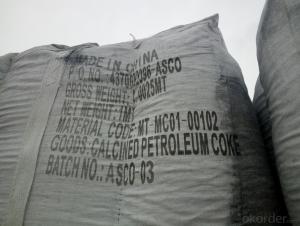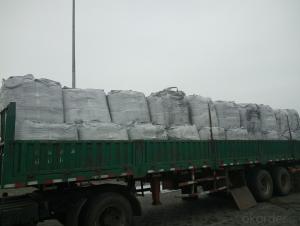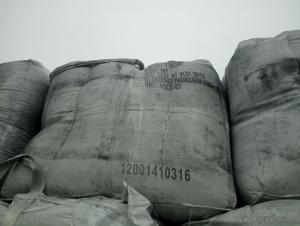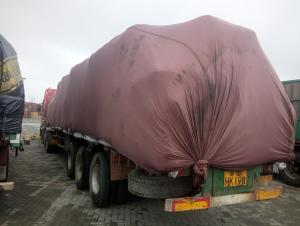Calcined Pitch Coke with Ash 0.5 percent max uses as furnace
- Loading Port:
- Tianjin
- Payment Terms:
- TT OR LC
- Min Order Qty:
- 21 m.t.
- Supply Capability:
- 8000 m.t./month
OKorder Service Pledge
OKorder Financial Service
You Might Also Like
Introduction
Pitch Coke/Coal Tar Pitch is a kind of black brittleness and blocky piece, lustrously at normal temperature. It has special odour and poisonous and can be easily flame when melting, second-grade inflammable solid.
Pitch Coke/Coal Tar Pitch is obtained from powerfully processed coal tar. Compared to petroleum asphalt, the adhesiveness is better. Coal Tar Pitch is high quality tar production with high fixed carbon. It has excellent adhesion, waterproofing and resistance against seawater, oil and various chemicals. In these properties, it is much better than petroleum asphalt tar.
It can be used to produce painting, electrode, pitch coke, and tar felt. It also can be used as fuel and the raw material of asphalt carbon black.
Features:
The morphology, chemistry and crystallinity of recarburisers have a major impact on the overall casting cost. The combined application and cost benefits, which are derived through the use of Desulco, enable foundries to manufacture castings in a highly cost effective manner.
reduces
Recarburiser consumption
Power consumption
Inoculant consumption
MgFeSi consumption
Furnace refractory wear
Scrap rate
Tap to tap time
Slag inclusions risk
Chill
increases
Casting microstructure
Productivity
Process consistency
Carbon Recovery
Compared with calcined petroleum coke, acetylene coke and
graphite electrode scrap, Desulco yields the highest carbon
recovery and fastest dissolution time
Specifications:
CPC | |||
F.C.% | 98.5MIN | 98.5MIN | 98MIN |
ASH % | 0.8MAX | 0.8MAX | 1MAX |
V.M.% | 0.7 MAX | 0.7 MAX | 1 MAX |
SULFUR % | 0. 5MAX | 0. 7MAX | 1MAX |
MOISTURE % | 0.5MAX | 0.5MAX | 1MAX |
Pictures:
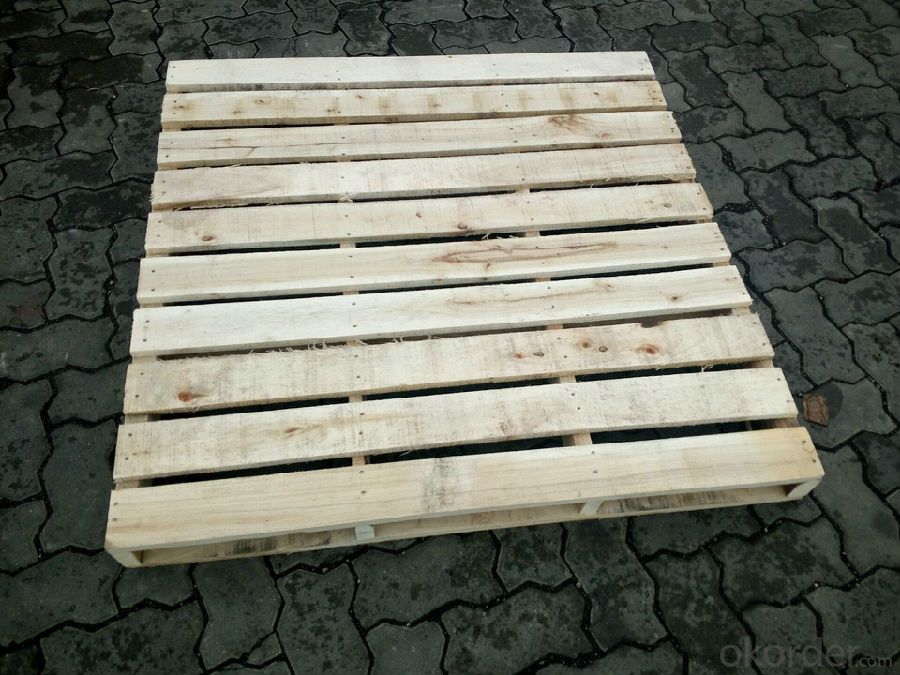
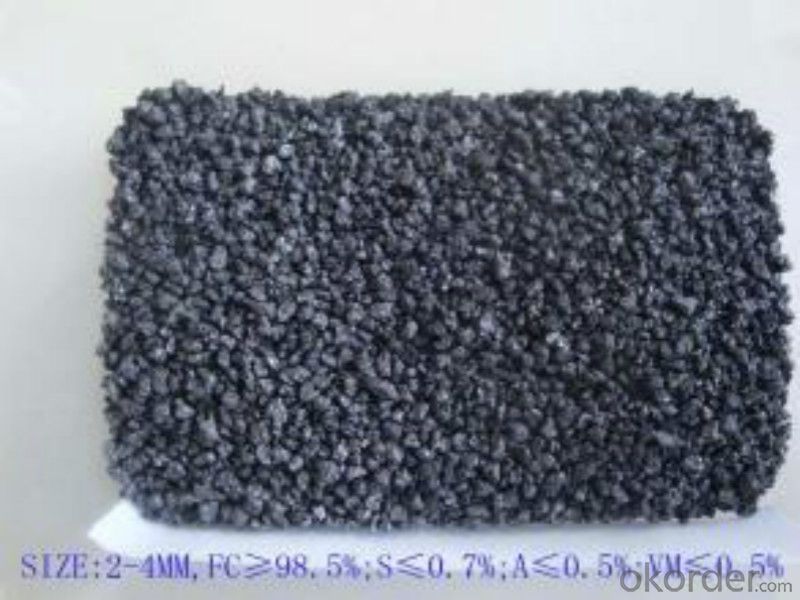

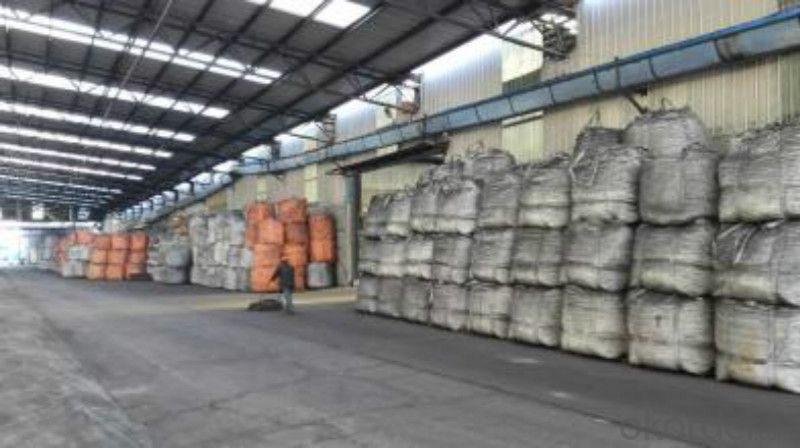
FAQ:
1.MOQ:2 Containers |
2.Size:1-3mm,1-5mm,2-6mm,3-5mm and as the customer's requirement |
3.Packing: 1 ton jumbo bag or 25kgs paper in bag |
4.Payment:T/T or L/C at sight |
5.Delivery time: within 15 days after receiving the deposit |
6.Usage: it is as carbon raiser,widely used in steelmaking,casting,casting iron,steel foundry,aluminum metallury. |
- Q: How does carbon monoxide affect air quality and human health?
- Carbon monoxide (CO) is a colorless, odorless gas that can have detrimental effects on both air quality and human health. It is primarily released into the atmosphere through incomplete combustion of fossil fuels and biomass burning. In terms of air quality, high levels of carbon monoxide contribute to the formation of ground-level ozone and smog, which can impair visibility and cause respiratory issues. When it comes to human health, carbon monoxide is particularly concerning as it binds to hemoglobin in our red blood cells, preventing oxygen from being delivered to vital organs and tissues. This can lead to symptoms such as headaches, dizziness, confusion, and in severe cases, even death. Individuals with cardiovascular and respiratory conditions, as well as unborn babies and the elderly, are especially vulnerable to the harmful effects of carbon monoxide exposure. Therefore, proper ventilation and the use of carbon monoxide detectors are crucial to prevent its accumulation and protect both air quality and human health.
- Q: What is the role of carbon in the formation of coal, oil, and natural gas?
- The formation of coal, oil, and natural gas relies heavily on carbon. Carbon is a crucial component of these fossil fuels, along with varying amounts of hydrogen, sulfur, nitrogen, and other elements. To begin the formation process, organic matter, such as dead plants and marine organisms, accumulates in oxygen-limited environments. Over a span of millions of years, the organic matter undergoes intense heat and pressure, resulting in a process called carbonization. During carbonization, the carbon within the organic matter undergoes chemical transformations, converting it into solid, liquid, or gaseous hydrocarbon compounds. The specific conditions under which carbonization takes place determine the specific type of fossil fuel that will be produced. In the case of coal, the organic matter primarily consists of land-based plant material. Through high pressure and temperature, carbonization converts this plant material into solid coal. The duration and intensity of the carbonization process determine the carbon content of the resulting coal. Different types of coal, such as lignite, bituminous, and anthracite, exhibit varying carbon content and energy density. Conversely, oil is formed from marine organisms like plankton and algae. As these organisms die, they descend to the ocean or lake floor and gradually become buried beneath layers of sediment. Over time, the heat and pressure cause carbonization, transforming the organic matter into a liquid hydrocarbon mixture known as crude oil. This crude oil can subsequently undergo further processing to yield various petroleum products. Natural gas, on the other hand, consists primarily of methane (CH4) and forms under similar conditions as oil. However, the carbonization process occurs at higher temperatures and pressures, leading the organic matter to decompose into gaseous hydrocarbon compounds. Natural gas can be found alongside oil deposits or trapped within underground rock formations, such as shale or sandstone. In summary, carbon serves as the essential foundation for the formation of coal, oil, and natural gas. Its presence within organic matter, combined with optimal conditions of heat, pressure, and time, culminates in the creation of these valuable energy resources that significantly contribute to powering our modern world.
- Q: What is carbon PC?
- Polycarbonate (PC), polycarbonate is a molecular chain containing [O-R-O-CO] chain thermoplastic resin according to the molecular structure of the ester can be divided into aliphatic, alicyclic and aromatic type of fat, which has the practical value of the aromatic polycarbonate, and bisphenol A polycarbonate as the most important, molecular weight is usually 3-10 million.Polycarbonate, English Polycarbonate, referred to as PC.PC is a kind of amorphous, odorless, non-toxic, highly transparent colorless or slightly yellow thermoplastic engineering plastics, has excellent physical and mechanical properties, especially excellent shock resistance, tensile strength, bending strength, compressive strength and high creep; small size is stable; good heat resistance and low temperature resistance, mechanical properties, stability in a wide range of temperature dimensional stability, electrical properties and flame retardant properties, can be used for a long time at -60~120 deg.c; no obvious melting point, a molten state at 220-230 DEG C; the molecular chain rigidity, melt viscosity and high water absorption resin; small, small shrinkage, high precision, good dimensional stability, permeability of films is small; self extinguishing materials; stable to light, but not UV resistance, good weather resistance; oil resistance, acid and alkali resistance, no oxygen acid and amine, Ketones are soluble in chlorinated hydrocarbons and aromatic solvents. They are easy to cause hydrolysis and cracking in water for a long time. Because of their poor fatigue resistance, they are prone to stress cracking, poor solvent resistance and poor wear resistance
- Q: How are carbon compounds classified?
- Carbon compounds can be categorized according to the type and number of atoms bonded to carbon atoms. There are various types of carbon compounds, including hydrocarbons, alcohols, aldehydes, ketones, carboxylic acids, esters, ethers, amines, amides, and more. Hydrocarbons are carbon compounds solely consisting of carbon and hydrogen atoms. They can be further divided into two main groups: aliphatic hydrocarbons and aromatic hydrocarbons. Aliphatic hydrocarbons include alkanes, alkenes, and alkynes, which are classified based on the carbon-carbon bonds they possess. On the other hand, aromatic hydrocarbons have a ring structure and are known for their aromaticity. Alcohols are carbon compounds with a hydroxyl (-OH) group attached to a carbon atom. They are categorized based on the number of hydroxyl groups connected to the carbon atom. For instance, methanol is a monohydroxy alcohol, while ethylene glycol is a dihydroxy alcohol. Aldehydes and ketones are carbon compounds containing a carbonyl group (C=O). Aldehydes have the carbonyl group attached to a terminal carbon atom, whereas ketones have it attached to an internal carbon atom. Their names are determined by the number and position of the carbonyl group within the molecule. Carboxylic acids are carbon compounds with a carboxyl group (-COOH). They are named by replacing the -e ending of the corresponding hydrocarbon with -oic acid. For example, methane becomes methanoic acid. Esters are carbon compounds derived from the reaction between a carboxylic acid and an alcohol. They have the general formula RCOOR’, where R and R’ can represent any alkyl or aryl group. Often, they are named based on the alcohol and acid used in their formation. Ethers are carbon compounds in which an oxygen atom is bonded to two alkyl or aryl groups. Their names are formed by listing the alkyl or aryl groups in alphabetical order followed by the word "ether". Amines are carbon compounds with a nitrogen atom bonded to one or more alkyl or aryl groups. They are named by adding the suffix -amine to the name of the alkyl or aryl group attached to the nitrogen atom. Amides are carbon compounds with a carbonyl group (C=O) bonded to a nitrogen atom. They are named by replacing the -oic acid or -ic acid endings of the corresponding carboxylic acid with -amide. In summary, the classification of carbon compounds is based on their functional groups and the arrangement of atoms surrounding the carbon atom. These classifications aid in categorizing and studying the diverse range of carbon compounds found in nature and synthesized in laboratories.
- Q: Where are carbon fiber sheets and carbon fiber sheets used?
- Carbon fiber and carbon fiber cloth, carbon fiber cloth, carbon fiber woven cloth, carbon fiber prepreg, carbon fiber cloth, carbon cloth, carbon fiber fabric, carbon fiber, carbon fiber sheet (prepreg) etc.. Carbon fiber reinforced fabric is one kind of unidirectional carbon fiber reinforced product, usually made of 12K carbon fiber silk fabric. To reinforce the structure of the tensile and shear strength and seismic carbon fiber cloth, the supporting material and impregnated together using a carbon fiber composite material, carbon fiber cloth sheet excellent performance can be enhanced to form a complete system, suitable for processing the building load increasing, the engineering function change, material aging, concrete strength grade is lower than reinforcement design, structure crack treatment, environment protection and repair service component.Carbon fiber board 1) Aerospace: airframe, rudder, rocket engine shell, missile diffuser, solar panel, etc.;2) sports equipment: auto parts, motorcycle parts, fishing rods, baseball bats, skis, boats, badminton rackets and so on;3) industry: engine parts, concrete structures, reinforced materials, fan blades, transmission shaft, and electrical components and so on;4) fire: suitable for army, fire fighting, steel mills and other special high-grade fireproof clothing production.Fire rating: Class A - non flammable, standard GB8624-2006, German standard DIN4102, A1 classCivil buildings, bridges, tunnels, earthquake, reinforced concrete structure, reinforcing material for reinforcement structure, tensile shear and seismic carbon fiber cloth, the use of common materials and supporting adhesive, constitute a complete performance excellence with carbon fiber cloth material reinforcing system. The system is suitable for beams, columns, slabs, tunnels, circles, arcs, etc..
- Q: How does carbon affect the formation of desertification?
- The formation of desertification is not directly affected by carbon. Rather, desertification is primarily caused by a combination of natural factors, such as climate change, prolonged drought, and human activities like deforestation and overgrazing. However, carbon does play an indirect role in exacerbating desertification through climate change. Carbon dioxide (CO2), a greenhouse gas, is released into the atmosphere through human activities, particularly the burning of fossil fuels. The increased concentration of CO2 in the atmosphere leads to global warming, which alters climate patterns and increases the frequency and intensity of droughts. Prolonged droughts deplete soil moisture, making the land more susceptible to erosion and degradation, thus contributing to the desertification process. Furthermore, carbon indirectly affects desertification through deforestation. Trees and other vegetation play a vital role in maintaining healthy soil by preventing erosion, retaining moisture, and providing shade. When forests are cleared, the carbon stored in trees is released into the atmosphere, contributing to higher CO2 levels. Additionally, the loss of vegetation cover exposes the soil to erosion by wind and water, which accelerates desertification. It is important to acknowledge that while carbon indirectly impacts desertification through climate change and deforestation, desertification itself is a complex process influenced by various factors. Addressing desertification requires a comprehensive approach involving sustainable land management practices, reforestation efforts, water management, and strategies to mitigate climate change.
- Q: How do you use carbon fourteen to measure the age?
- Then, carbon - 14 dating method is to determine the remains of ancient age? Originally, cosmic rays can produce radioactive carbon -- 14 in the atmosphere, and can enter all living tissue carbon dioxide and oxygen - synthesis combined, first for the absorption of plants, after the animal into a plant or animal. As long as they live. Continuous absorption of carbon - 14, to maintain a certain level in the body. When the organism dies, which will stop breathing carbon - 14, within their organization, with a half-life of 14 carbon began 5730 years of decay and gradually disappear. For any carbon containing material, as long as the determination of the remaining 14 of the content of radioactive carbon you can, that the age of 14. Carbon dating method is divided into conventional carbon - 14 dating method and carbon - 14 accelerator mass spectrometry dating two. At that time, since it is invented by Libby conventional carbon - 14 dating method, this 1950. The technology and application of methods have significant progress in the world, but its limitations are obvious, namely the time measurement must use a large number of samples and longer. Thus, carbon - 14 dating accelerator mass spectrometry technology developed. Carbon - 14 accelerator mass spectrometry dating method has unique advantages.
- Q: How does carbon impact the availability of clean drinking water?
- Carbon can have a significant impact on the availability of clean drinking water through various processes. One of the major ways carbon affects water quality is through the process of carbon dioxide (CO2) emissions and subsequent acid rain formation. When CO2 combines with water in the atmosphere, it forms carbonic acid, which can be very damaging to water bodies. Acid rain, which is primarily caused by the release of carbon emissions from industrial activities and burning fossil fuels, can have devastating effects on freshwater sources. It can lower the pH level of lakes, rivers, and groundwater, making the water more acidic. This increased acidity can harm aquatic life, destroy ecosystems, and render water sources unsuitable for drinking, agriculture, or industrial use. Additionally, carbon can impact the availability of clean drinking water through its role in climate change. Excessive carbon emissions contribute to the greenhouse effect, leading to rising global temperatures and altering weather patterns. These changes can result in prolonged droughts and intense rainfall events, both of which can negatively affect water availability and quality. Droughts caused by climate change can lead to water scarcity, as precipitation patterns become less predictable and water sources dry up. This can lead to conflicts over limited water resources and force communities to rely on contaminated or unsafe water sources. On the other hand, intense rainfall events caused by climate change can result in flooding, which can overwhelm sewage systems and contaminate drinking water with pollutants and pathogens. Moreover, carbon emissions are associated with the degradation of natural ecosystems, including forests and wetlands, which play a crucial role in water purification. Forests act as natural filters, absorbing carbon dioxide and releasing oxygen, while wetlands naturally filter and cleanse water. When these ecosystems are destroyed or degraded due to deforestation or drainage, the availability of clean drinking water is further compromised. In conclusion, carbon emissions have a significant impact on the availability of clean drinking water. Acid rain formation due to carbon dioxide emissions and climate change-induced droughts and floods can all contribute to water scarcity and contamination. Protecting and reducing carbon emissions is vital to ensuring the availability of clean drinking water for present and future generations.
- Q: How is carbon used in the production of carbon fiber?
- Carbon is used in the production of carbon fiber by being subjected to high temperatures and combined with other elements to create a material that is strong, lightweight, and resistant to heat and chemicals.
Send your message to us
Calcined Pitch Coke with Ash 0.5 percent max uses as furnace
- Loading Port:
- Tianjin
- Payment Terms:
- TT OR LC
- Min Order Qty:
- 21 m.t.
- Supply Capability:
- 8000 m.t./month
OKorder Service Pledge
OKorder Financial Service
Similar products
Hot products
Hot Searches
Related keywords
